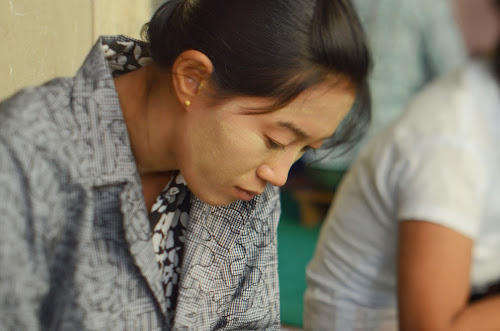Bagan
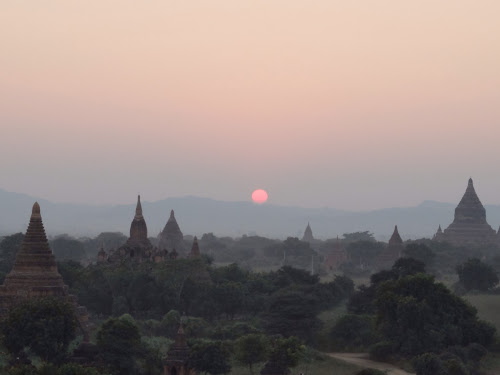 |
| Sunset (Kerry Laws) |
| (Isaac Epp) |
I'll just start off by saying Bagan is a unique place. There was some serious beauty and with some distance, the temples will shine a bit more, but I did not find the charm in the town as I did elsewhere in Burma. The place we stayed wasn't very good (hello rat walls and off-gassing stench). The whole area was booked however, so we couldn't move on. It's hard. The town was the most overburdened of the places we say in Burma. There simply isn't enough infrastructure to support the local or international interest there yet. Power, internet, food, transportation... All were in a not-so-great state.
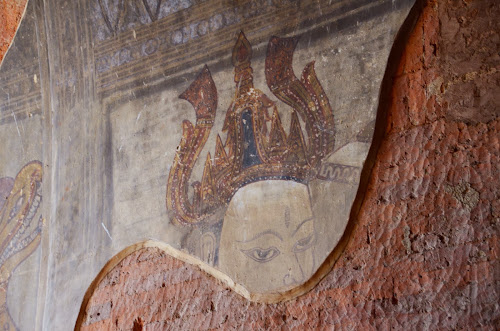 |
| (Isaac Epp) |
That being said, the temples there, (all 1,000+ of them, yes there are that many I'm not being my usual hyperbolic self), are always impressive, interesting, and sometimes absolutely jaw droppingly stunning. Some were small and you felt a sense of cute charm, while others were so tall and vast they soared with 100' plus ceilings full of bats and ancient statues and paintings. It really was staggeringly vast and diverse.
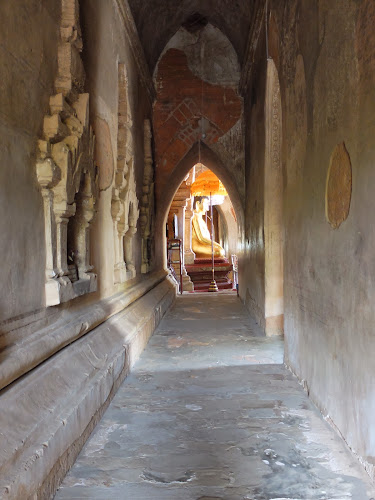 |
| (Kerry Laws) |
We got around most days there with a horse buggy driver named Kyah Gyi (he pronounced it like Cho-Ji). He was nice, knew the area and temples very well, chewed betelnut constantly (I can still smell the horsey wintergreeny scent), and had a horse he was gentile with. If you were not getting over food poisoning and didn't want a guide, bikes were a viable option, but for us, the horse cart worked pretty well actually.
 |
| (Isaac Epp) |
 |
| Buggy shot |
We have loads of pics from the temples, but I must say, it is basically impossible to really get any sense of the place with still images or little videos... It's just so big. You ride along a trail for maybe 20 min., pass a few smaller temples or shrines, and see the larger cluster you are heading towards keep getting bigger and bigger until it's too close to really appreciate scale.
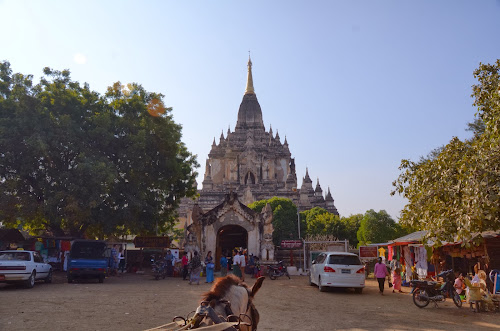 |
| Larger (Isaac Epp) |
All-in-all, it is a place that probably need another ten years or so to really adapt and re-find itself. It's there, and will probably not have as many empty temples to explore someday, but it will be much more ready for your visit. In the meantime, here are some photos!
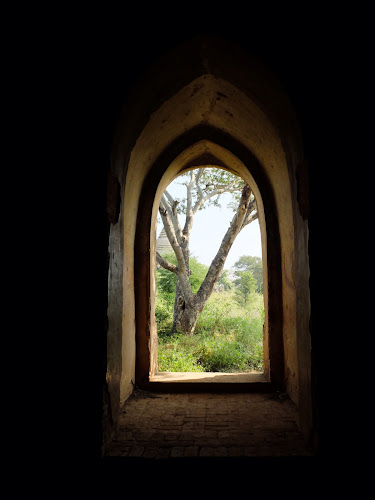 |
| (Kerry Laws) |
 |
| (Kerry Laws) |
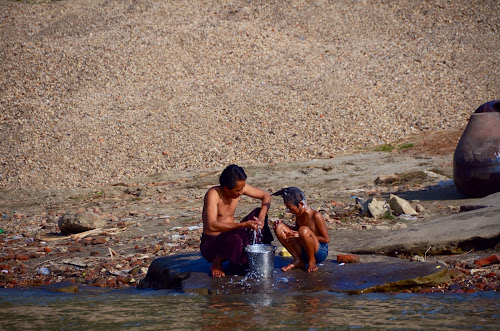 |
| Bath time in the river (Isaac Epp) |
This is the last Burma post before our quick pop through Yangon, and then on to Bangkok for some decompression with our friend Tom Stader before we head back into SF in the new year.
-Isaac




